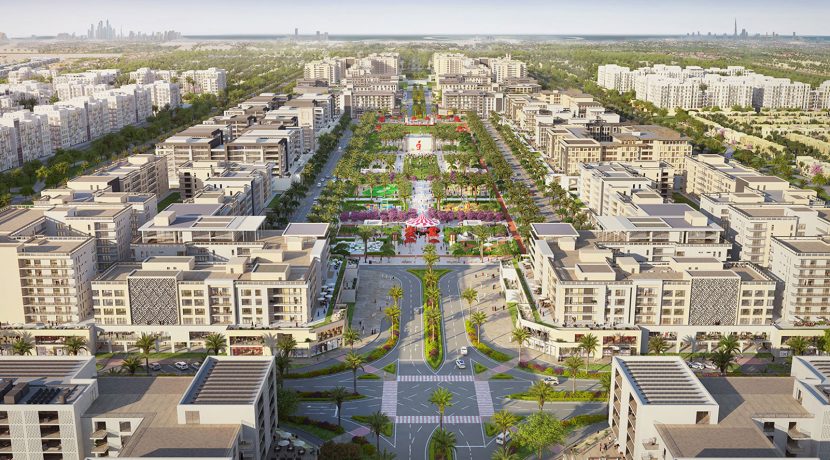The different ways to create “happy real estate” was a hot topic at the recent Happy Cities FIABCI World Real Estate Congress in Dubai. While delegates concurred that happiness largely comes from within, the community one chooses to live in plays a major role in enhancing wellbeing.
“Understanding who you are, your own core values, what we find important, we extract that out of our environment to live as authentically as possible in that environment. So that has to be compatible,” says Tarek Qaddumi, principal architect at TNQ Architects and Engineering Consultants.
The best communities, therefore, are those that cultivate interaction, says Dr Mona Hemy, chair of the Architecture Department at Jeddah’s Dar Al Hekma College. “Liveable communities have active façades, bringing life to the street,” says Dr Hemy. “For example, long benches encourage people to sit together. Social sustainability is essential.”
Cost
In practice, the basic human need to interact with each other, as well as nature, are met by the inclusion of parks and play areas in communities, says Tim Garret, CEO of HR’s Corporate Wellness Toolbox. One of the supposed hurdles of building such sustainable and happy communities is cost, but some analysts point out that integrating natural elements, such as light, healthy air and water, within a building doesn’t have to be costly. According to Paul Scialla, founder of the International Wellbeing Institute, the incremental cost of meeting well-being standards is less than a 1 per cent premium on normal construction cost.
Dubai developments such as Jumeirah Golf Estates (JGE), Town Square, The Sustainable City and Al Barari are among projects that are deliberately incorporating such wellbeing elements. The Sustainable City has been named “Happiest Community” at the annual Gulf Real Estate Awards.
“Working with developers more recently, we found that they are increasingly switched on to this notion of building happier places,” says Charles Montgomery, author and founder of Happy Lab, which does consultancy work on urban design and wellbeing. “What matters most for human happiness are socially connected people, they are more productive, get sick less and live 15 years longer.”
Happy places
Creating communities with plenty of greenery, think Emirates Living, as well as integrating life into façades of buildings, think Downtown Dubai, is not new to developers here, but some have taken it further than others.
Essam Saleh, sales executive director, business development at JGE, claims happiness is at the core of the JGE development. “Humans have always been attached to the natural elements of life, greenery and water. The ambience will boost morale and affect your life,” he says. “We have gone to the extreme of that: JGE has been designed to bring happiness.”
Around 75 percent of the community is nature, with some 15 lakes and over 4,000 trees. It attracts more than 340 types of birds, and the golf courses, jogging tracks, tennis academy and gyms promote a healthy and social lifestyle.
Nshama’s Town Square is another community that adopts the happy community concept. The 750-acre development, which was launched just over three years ago, now has a thriving town house community, named Zahra. It features a public recreational park, complete with basketball courts and a skate park.
“The concept is very much working,” says Fred Durie, CEO of Nshama, who lives in Zahra. “It is nice to see lots of people walking, jogging, cycling and the recreational park is also very popular, which is what we wanted, to get people out and about.”
All rights reserved to the initial publisher for Gulf News
Collected and published by Arms &McGregor International Realty® editorial team. Get in touch with us at [email protected]

